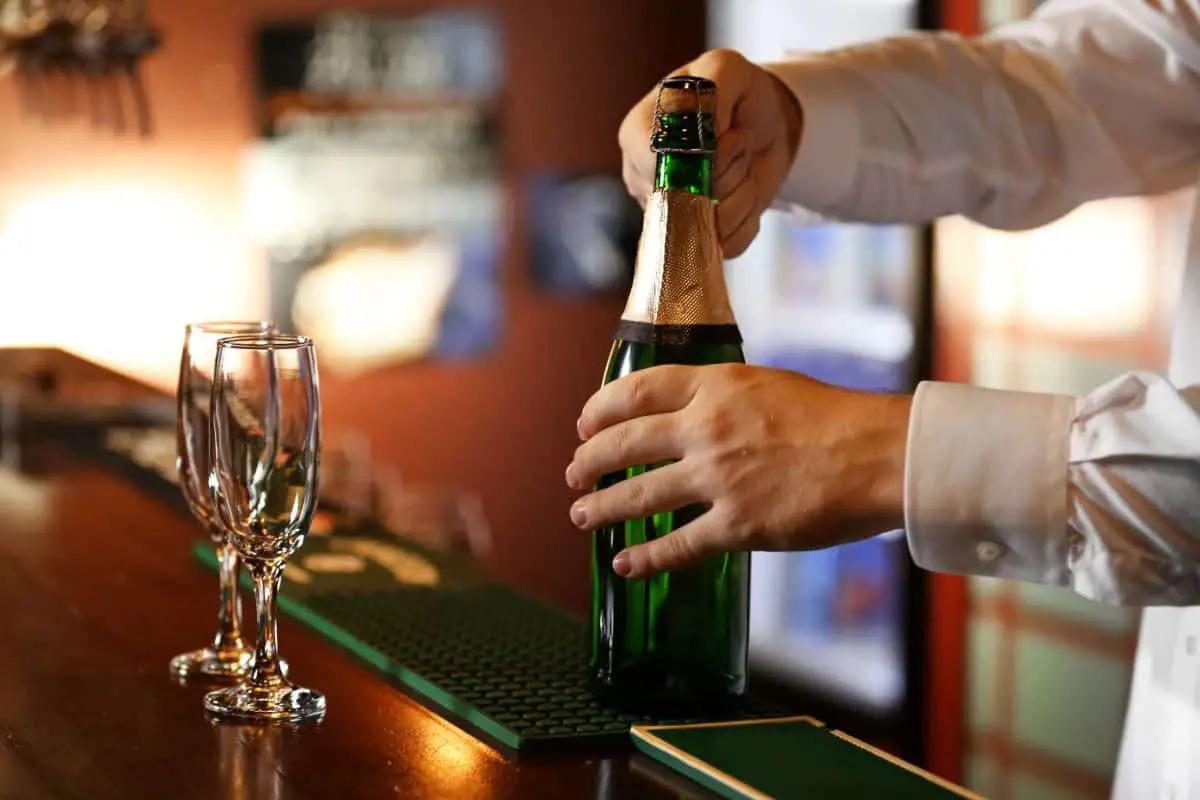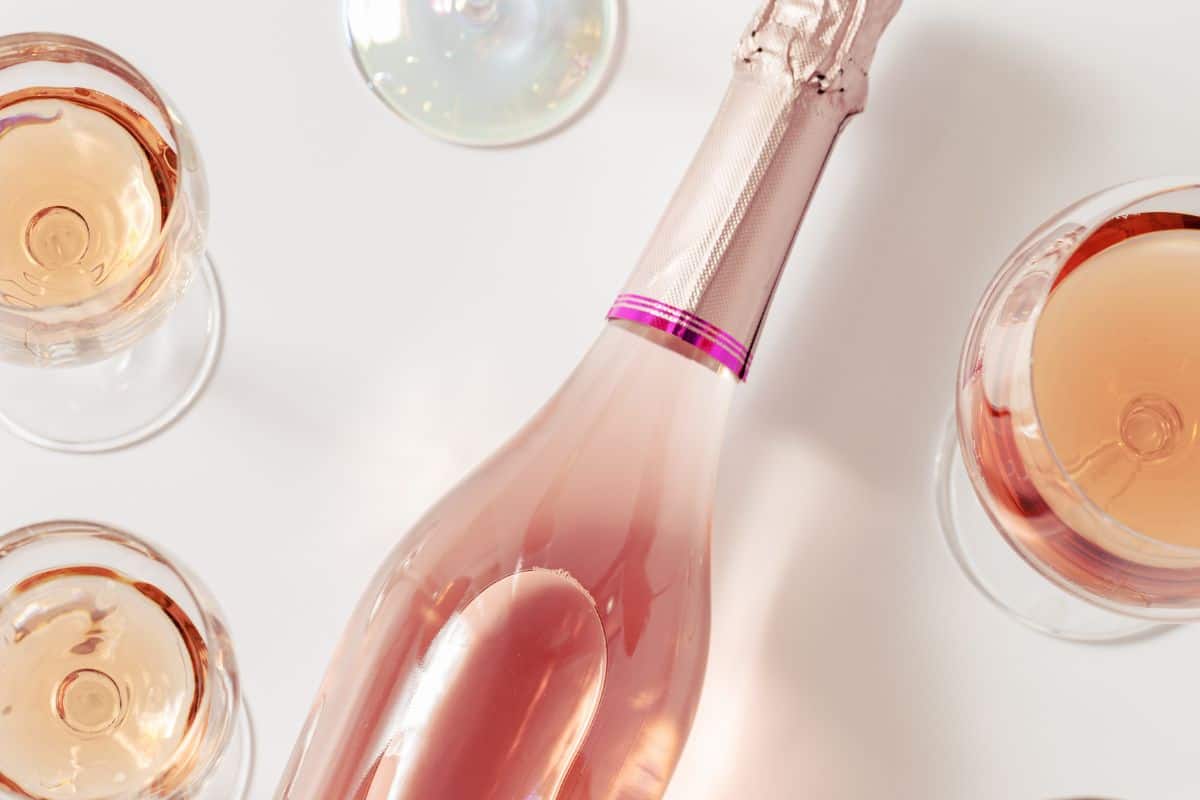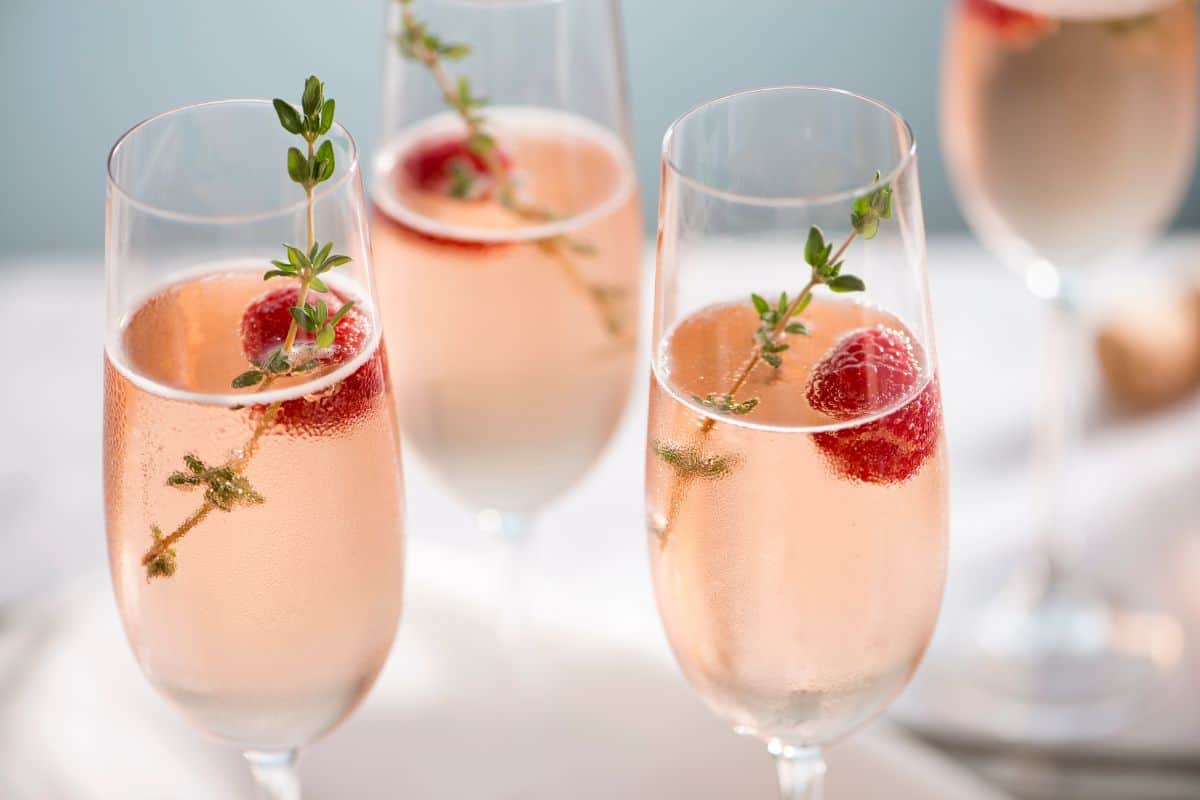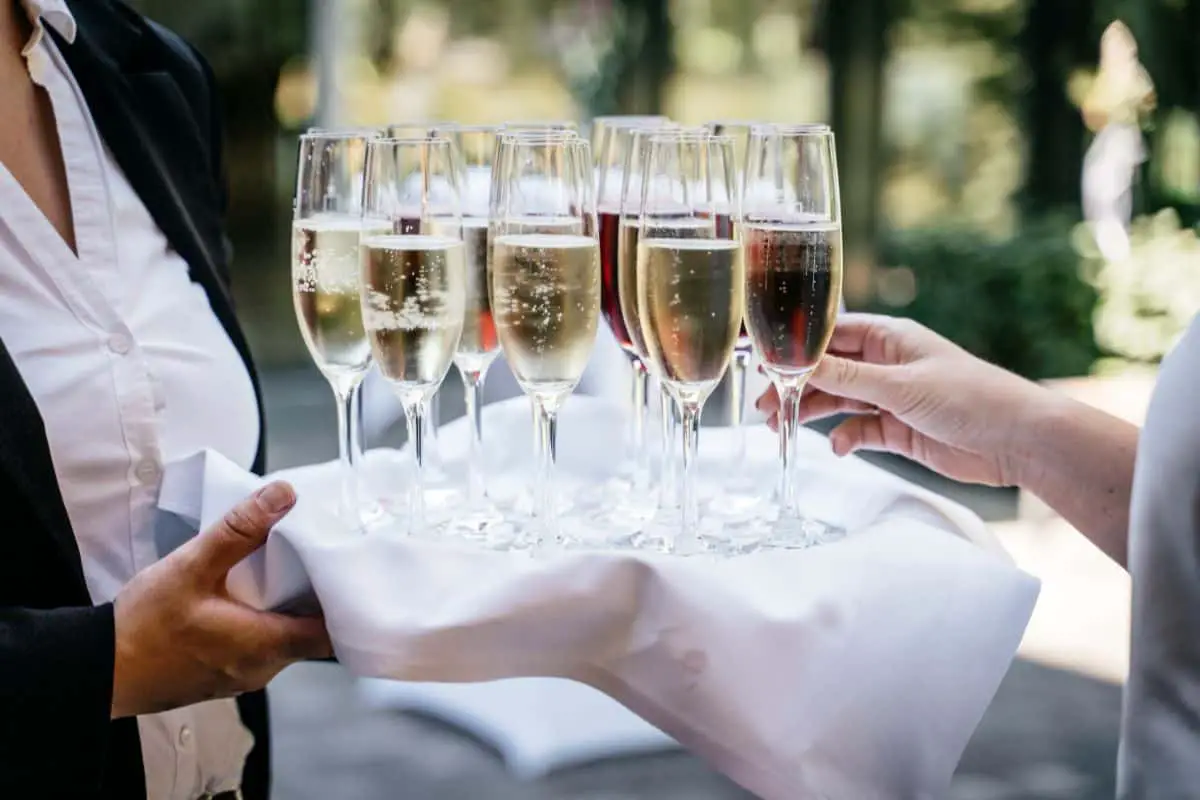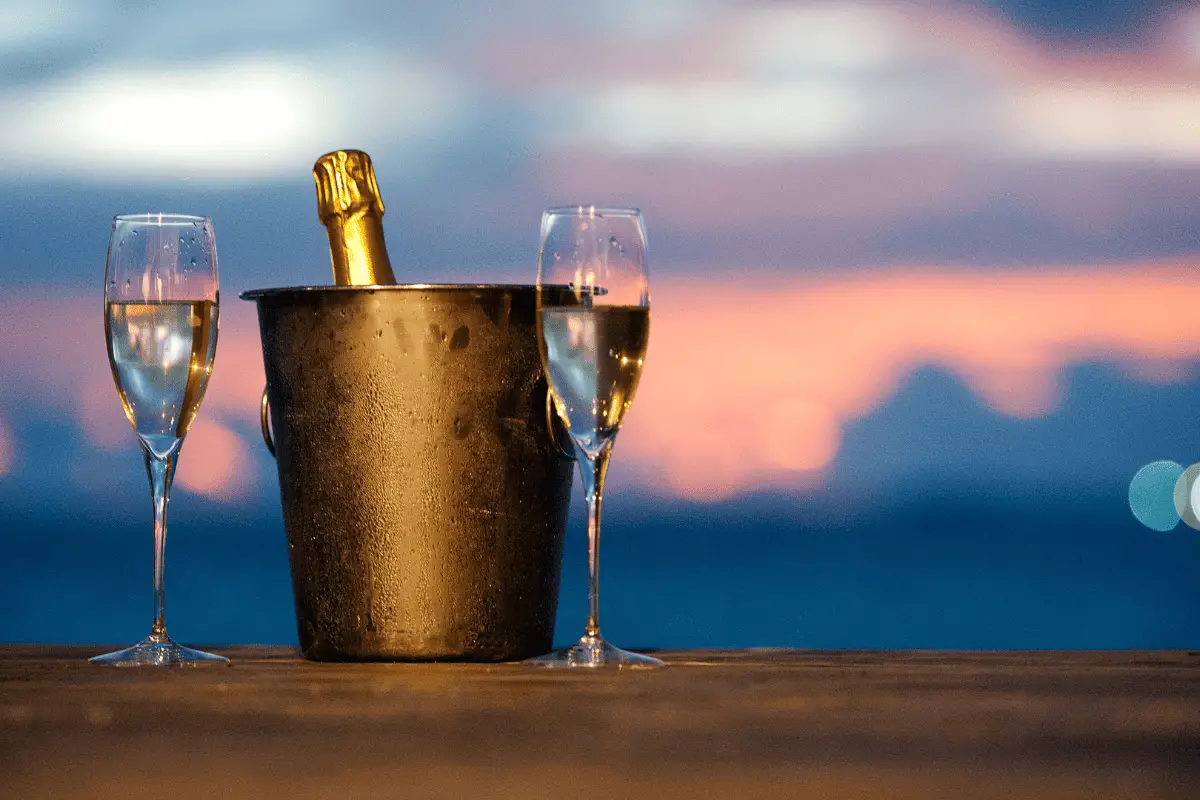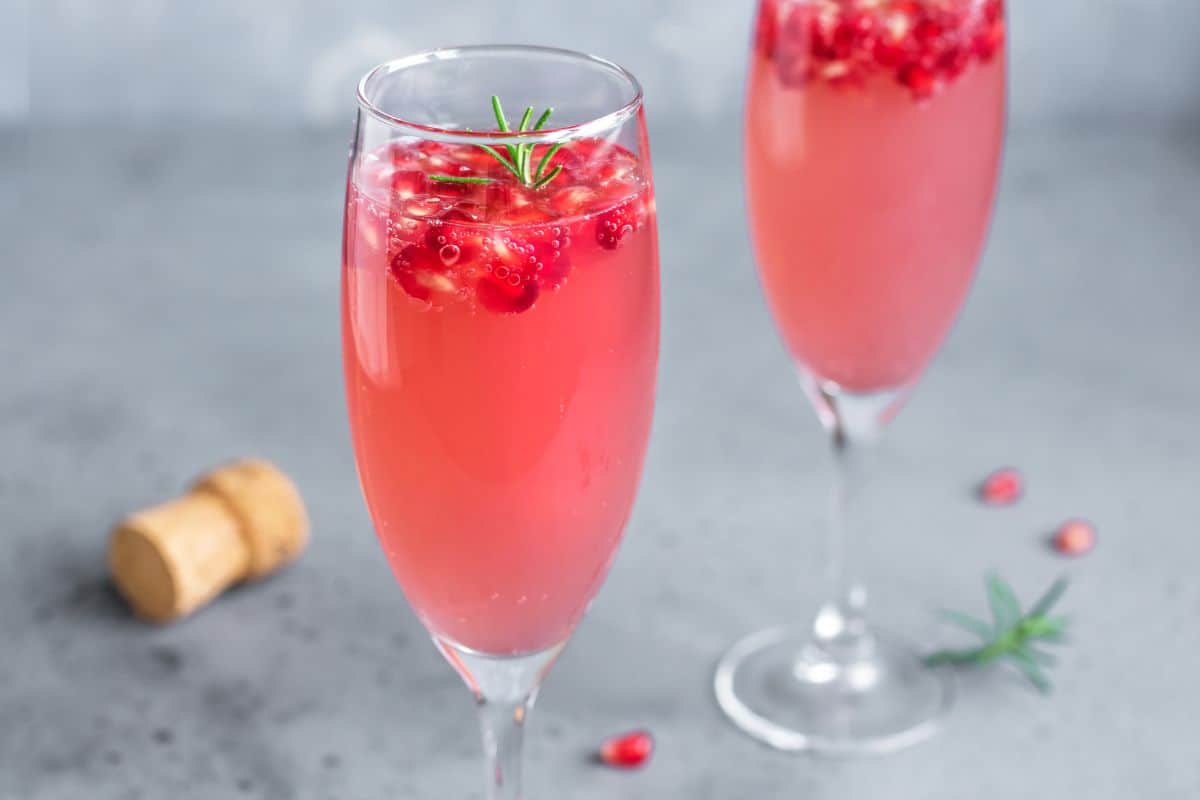Since its accidental creation in the Champagne wine region of France, where bottle pressure was miscalculated, and air bubbles got contained inside, champagne has become a popular alcoholic beverage.
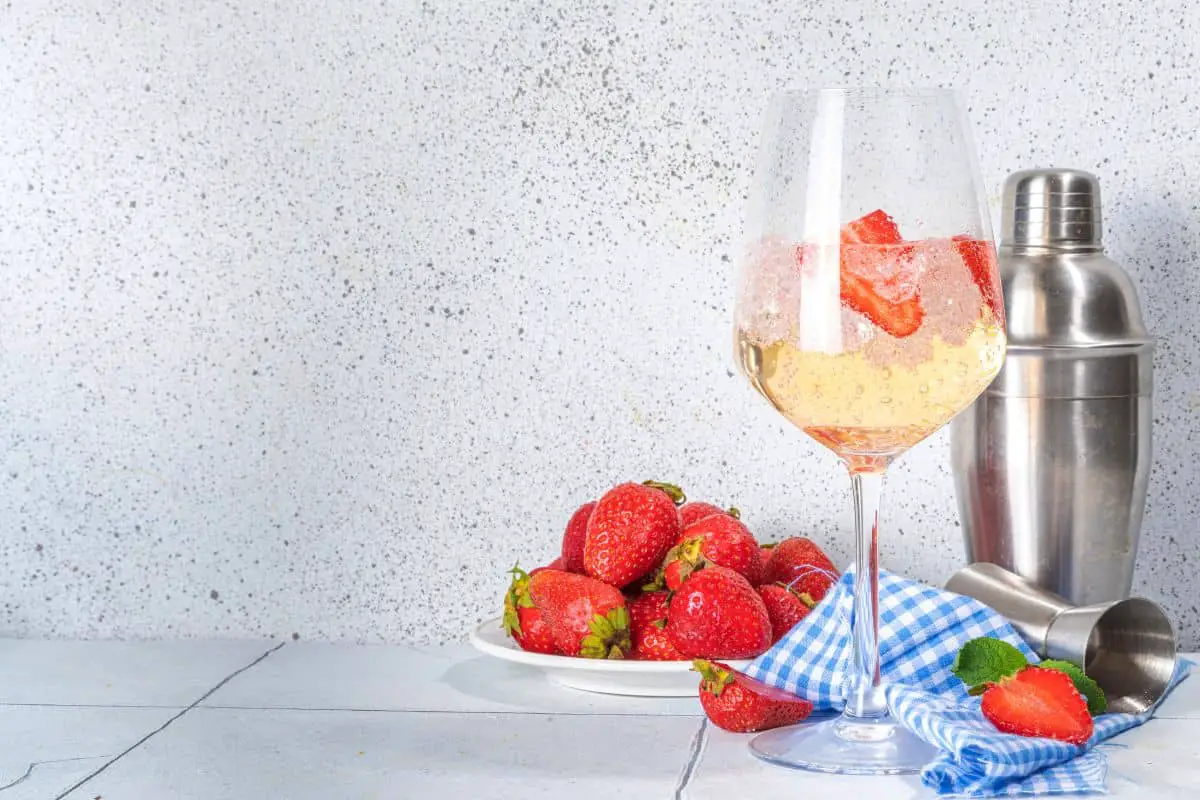
History
Perhaps most associated with celebrations, and with a reputation for lavishness and high society, champagne was the first sparkling wine to be produced.
The oldest known occurrence of sparkling wine was Blanquette De Limoux, which was reportedly created by Benedictine monks near Carcassonne in 1531.
Over a century later in 1662, British scientist Christopher Merret conducted various experiments with adding sugar to create a second fermentation process, which coincided with the development of toughened glass bottles that could withstand the pressure caused by the doubly fermented wine, something that, at the time, French glass makers were unable to produce.
In 1844, a man named Adolphe Jaquesson invented the muselet or wire cage which keeps the cork firmly inside the bottle.
Despite the fact that bubbles at the time were considered a fault, and that it was (for a time) thought of as the Devil’s wine (due to the popping, exploding corks), the drink has remained a popular choice for many.
Brut Champagne: The Facts
In French, the word brut means raw, dry, and unrefined, and this is appropriate, seeing as Brut is the driest of all champagnes.
It is important to remember that Brut is not a brand name, and it only refers to the sugar content of the sparkling wine.
This means that seeing the word “Brut” isn’t necessarily a promise of high quality, instead merely describing the process under which it was fermented.
Specifications
For a champagne to be considered and classified as a Brut, it must have less than 12 grams of added sugar per liter of liquid.
Origins
If a bottle of champagne has a genuine Brut champagne label, then that wine is guaranteed to be from the Champagne region of France.
If the bottle does not contain the word champagne, then the bottle likely contains sparkling wine, which is produced elsewhere.
This is due to the fact that the Champagne region of France protects their name as a promise of quality and exclusivity, and as such the term sparkling wine is often used for white wines, despite how similar in taste they may be.
Various countries around the world, including Australia and South Africa, all claim to be able to produce some excellent brut sparkling wines, and many customers and enthusiasts around the world can attest to this.
However, there is only one, true Brut champagne.
Brut Champagne: The Process
Of course, when it comes to making sparkling wine, there is a distinct process that must be followed, especially if the signature taste is to be achieved.
Ultimately there are three ways to make this kind of wine: the traditional method, the transfer method, and the tank method.
The Traditional Method
This is not only the longest method, but also the one that demands the most physical effort and labor. This is why sparkling wines made in this fashion are the most prestigious and expensive of all.
Once they have done the first fermentation and bottled the wine, this becomes the base for the second fermentation.
This second fermentation process sees the yeast in the wine die, leaving a sediment around the top of the bottle. Winemakers then turn the bottles manually every single day until the sediment has dissolved.
The Transfer Method
Whilst the secondary fermentation process still occurs within the bottle, this is much simpler, and uses tanks to filter the sediment away, removing the need for excess manual labor.
The Tank Method
This sparkling wine tends to be the cheapest to purchase, simply because it is the cheapest to make.
In this process, secondary fermentation occurs inside of steel tanks, not in the bottles like the previous two methods. It is then filtered within the tanks to remove the sediment.
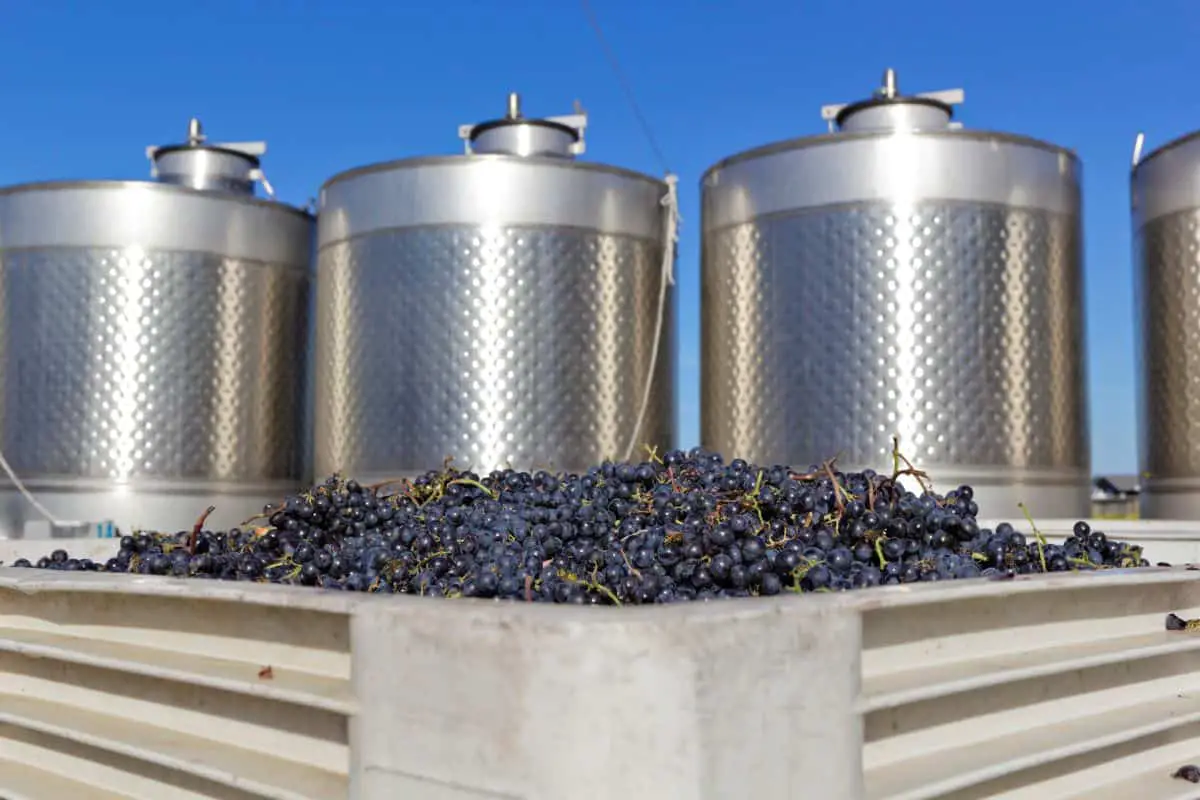
Brut Champagne: The Taste
Brut champagne is quite acidic and dry, namely due to the reduced sugar content of the alcohol.
Variations tend to have hints of sweetness, as well as fruity or floral tones that add to the overall flavor palette.
Dry Or Sweet?
Whilst Brut is the driest champagne, it does have notes of sweetness. This can be increased by opting for extra-dry brands.
However, Brut is known for its smooth, well-balanced taste, making it a great pairing for most banquets, meals, and celebrations.
Pairing Brut Champagne
The light and smooth taste of Brut makes it the perfect companion for rich and fatty foods, as the acidity of the champagne can act as a palette cleanser, without adding any extra bloated or full feelings.
Brut champagne famously pairs well with buttery seafood like lobster, as well as rich pasta dishes, fatty cheese dishes, and dishes like rice and risottos.
Great Brands
As we have mentioned, finding a bottle which has “Brut champagne” is a good indicator of quality, as this means it is from the Champagne region of France.
However, there are also several brands that are well known for being high quality and delicious, including: Laurent-Perrier, Pommery, Veuve Clicquot, Perrier-Joet, Moet & Chandon, and Dom Perignon.
As some of the oldest brands in the champagne business, these come with some guarantee of quality, and are definitely ones to look out for.
Final Thoughts
And there we have it, everything you need to know about the champagne making process, and the true meaning behind Brut champagne.
French wine has a long and storied history, and many of the brands we know and enjoy today have been around for several hundred years.
What we are tasting when we sample fine brut champagne is history, adding a whole new dimension to the tasting experience, and explaining why enthusiasts hold certain brands in such high esteem.
Got a special occasion coming up? Why not try some of them for yourself?
- How to Learn Wine Tasting: Essentials for Beginners - March 10, 2024
- How to Learn to Like Wine: Cultivating an Appreciation for the Vintner’s Art - March 10, 2024
- Thanksgiving Sangria: A Flavorful Twist to Your Holiday Table - August 27, 2023

